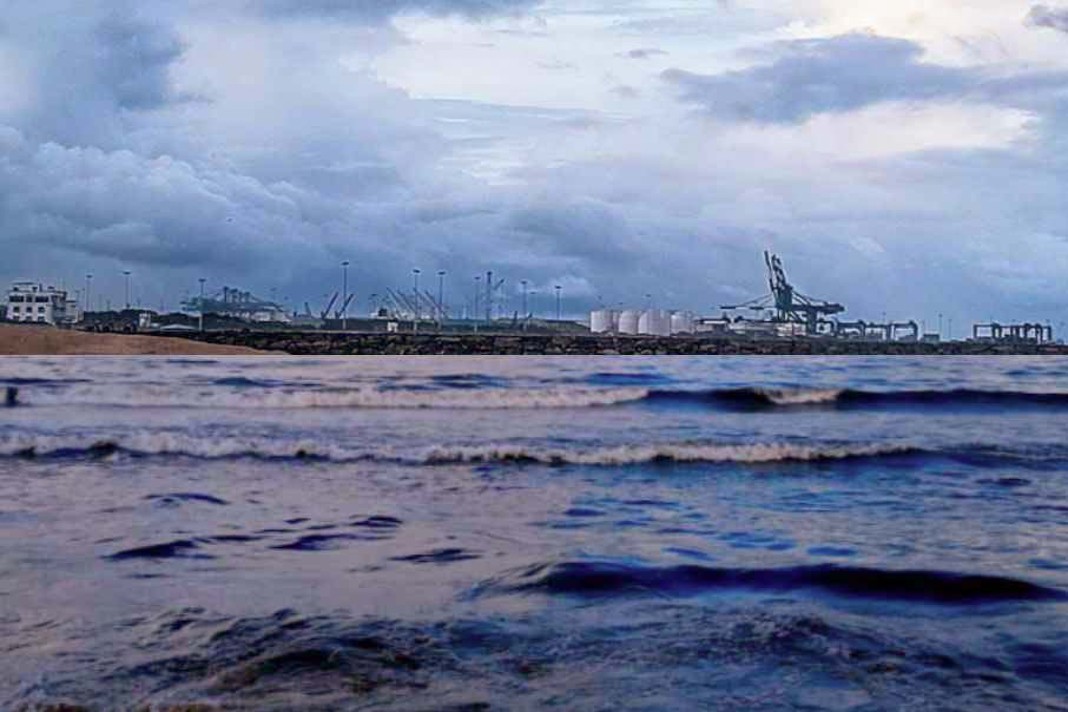The Global Centre for Maritime Decarbonisation (GCMD) was established in August 2021 following recommendations from the International Advisory Panel for Maritime Decarbonisation to the Singapore Government. GCMD is a non-profit organization aimed at supporting the maritime industry’s decarbonization efforts to meet or exceed IMO targets for 2030 and 2050 by developing standards, deploying solutions, financing projects, and fostering cross-sector collaboration. Founded by industry leaders including BHP, BW Group, Eastern Pacific Shipping, Foundation Det Norske Veritas, Ocean Network Express, and Seatrium, and receiving funding from the Maritime and Port Authority of Singapore, GCMD addresses key challenges in adopting low-carbon technologies, such as infrastructure gaps and safety concerns, according to an article published on their website.
Role of the Global Center for Maritime Decarbonisation
Setting up the Global Centre for Maritime Decarbonisation (GCMD) was a recommendation by the International Advisory Panel for Maritime Decarbonisation to the Singapore Government in April 2021. GCMD was established in August 2021 as a non-profit organization with the mission to support the decarbonization of the maritime industry. The center aims to meet or exceed the International Maritime Organization (IMO) goals for 2030 and 2050 by shaping standards, deploying solutions, financing projects, and fostering collaboration across sectors.
Partners and Their Contributions
GCMD was founded by six industry partners: BHP, BW Group, Eastern Pacific Shipping, Foundation Det Norske Veritas, Ocean Network Express, and Seatrium (formerly Sembcorp Marine). Additionally, the Maritime and Port Authority of Singapore (MPA) funds qualifying research and development programs and projects. These partners contribute to the GCMD by providing expertise, resources, and support to accelerate the deployment of scalable low-carbon technologies while addressing infrastructure, safety, operations, and financing barriers.
Singapore’s Position in Bunkering Sustainable Fuels
Singapore is positioning itself as a leader in bunkering sustainable fuels. Vitol has recently taken delivery of a specialized bunker vessel capable of handling up to B100 biofuel blends. The use of biofuels, combined with energy efficiency technologies, will help meet the IMO 2030 requirements. Additionally, LNG bunker vessels are in operation, and bio-LNG is expected to be introduced soon. Methanol and ammonia bunkering vessels are in development, with methanol bunkering trials already underway. However, challenges such as methane slip and the need for life cycle analysis (LCA) of emissions must be addressed.
Technical Challenges to Low-Carbon Fuel Adoption
Adopting low-carbon fuels poses several technical challenges, including their lower volumetric energy density compared to traditional fuels, which require larger storage volumes. Special design considerations are needed due to the flammability and toxicity of these fuels, including double-walled piping and enhanced safety procedures. The cryogenic nature of LNG and hydrogen increases technical requirements due to embrittlement. Moreover, adherence to life cycle analysis of well-to-wake GHG emissions, dependency on green hydrogen, and effective carbon capture systems are crucial considerations.
Progress in Biofuel Blending by Bunkering Companies and Shipping Lines
The use of biofuel blends has increased notably in major bunkering hubs such as Singapore and Rotterdam. Bunkering volumes rose significantly from negligible amounts in 2020 to over 1 million metric tons in 2022 and 2023. However, biofuel blends still account for only a small fraction (about 1.7%) of total bunker sales. The shipping sector can learn from other sectors, like road transport, which has extensive experience with biofuels.
Technologies for Carbon Capture and Storage Onboard Ships
Carbon capture technologies for ships can be pre-combustion or post-combustion and use membrane, chemical, or cryogenic methods for CO2 separation. Marinizing land-based carbon capture solutions involves addressing differences in the installed environment and ensuring the suitability of the chosen solutions and storage options. Economic considerations (OPEX and CAPEX) of onboard carbon capture and storage (OCCS) systems are influenced by factors such as operating fuel, energy, consumables, CO2 offloading activities, and the chosen treatment system. While it is challenging to meet the IMO 2030 targets with current fuel options, OCCS systems can help reduce GHG emissions until alternative fuels become widely available.
Did you subscribe to our daily Newsletter?
It’s Free! Click here to Subscribe
Source: Global Center for Maritime Decarbonisation


















